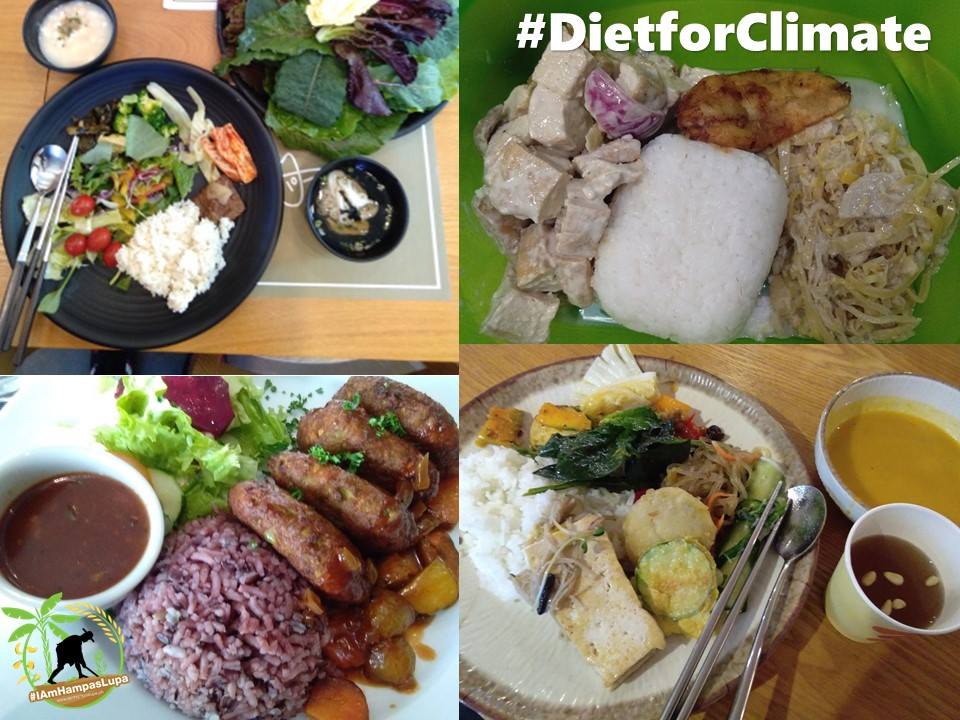We are so disconnected to the earth. And this does not come as a surprise considering that most of our lives are spent inside buildings, in front of our computers, barely seeing any green. Especially so if you happen to live in Metro Manila. So when I saw the Move to Change Foundation (M2C) call for volunteers for some farm activities last weekend, I happily signed up.
Nestled in a private lot in San Juan is M2C’s small urban farm which is being developed to be a farm lab. The day started with harvesting which for me was the easiest among the tasks in store for us. Lettuce and cilantro were assigned to our small group. We simply had to uproot the leafy greens, give it a wash, weigh it (for monitoring), then it will now be ready for storage or for cooking. Some of the harvests were prepared for lunch.
Transplanting came next where one has to carefully transfer tiny seedlings from seed trays to plots. I was glad I worked on eggplants which are relatively resilient because I was not sure I was careful enough not to damage their roots as I removed them from the tray. I can only hope that at least a half of them survives.
The plot preparation was the most physically demanding of all the activities. It entailed removing grass, crushing the soil, adding decarbonized rice husk and vermicast (fertilizer made up of organic matter broken down by earthworms), watering it with fermented fruit juice concoction (this is meant to kill bacteria), then covering it with a plastic sheet.
Finally, we sowed some seeds and learned about how to prepare concoctions. We then happily enjoyed lunch together feeling accomplished. Being with nature, working with soil which mind you activates happy hormones, is truly a good way of spending the weekend.
One of the kids said he would not want to do this again realizing the amount of effort farming requires. Another commented that farmers should be paid more. The good thing about participating in food growing is you gain deeper appreciation for food and for those who labor so that we can be fed.
Photo Credit: M2C










![mmexport1524055798808[1]](https://greenmindedryan.wordpress.com/wp-content/uploads/2018/05/mmexport15240557988081.jpg)
![IMG_20180422_073458[1]](https://greenmindedryan.wordpress.com/wp-content/uploads/2018/05/img_20180422_0734581.jpg)
![IMG_20180421_114909[1]](https://greenmindedryan.wordpress.com/wp-content/uploads/2018/05/img_20180421_1149091.jpg)







![IMG_20180203_100530[1] IMG_20180203_100530[1]](https://i0.wp.com/greenmindedryan.wordpress.com/wp-content/uploads/2018/02/img_20180203_1005301.jpg?w=416&h=416&crop=1&ssl=1)
![IMG_20180203_100556[1] IMG_20180203_100556[1]](https://i0.wp.com/greenmindedryan.wordpress.com/wp-content/uploads/2018/02/img_20180203_1005561.jpg?w=416&h=416&crop=1&ssl=1)






